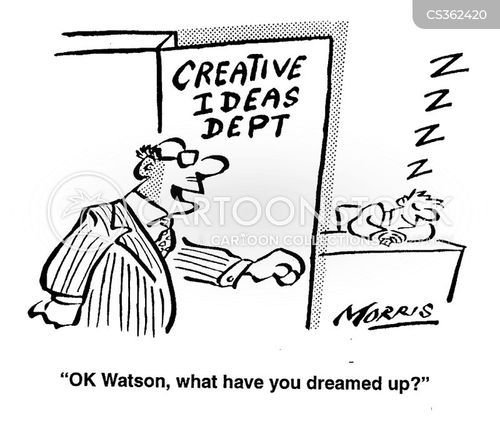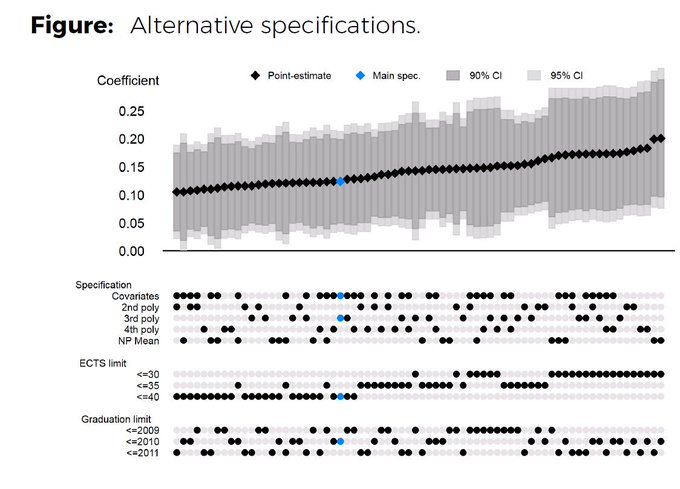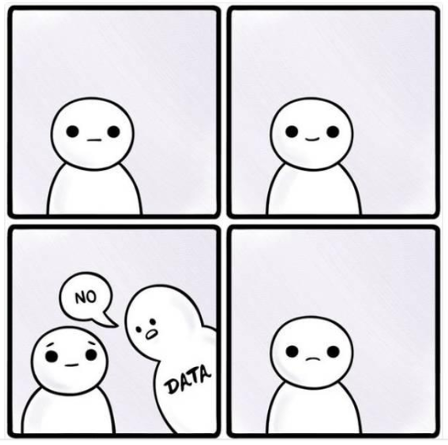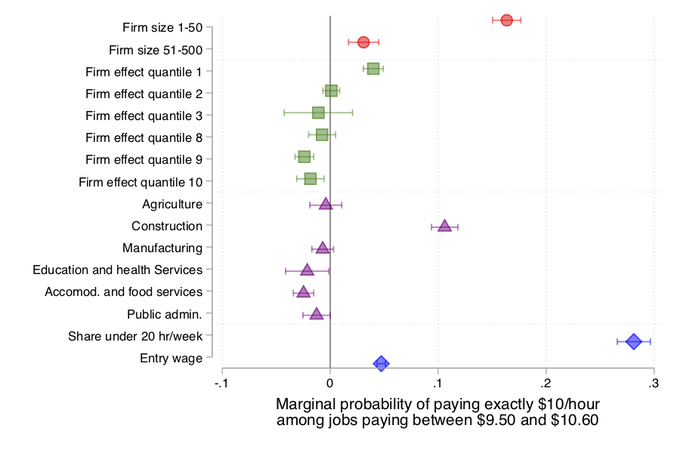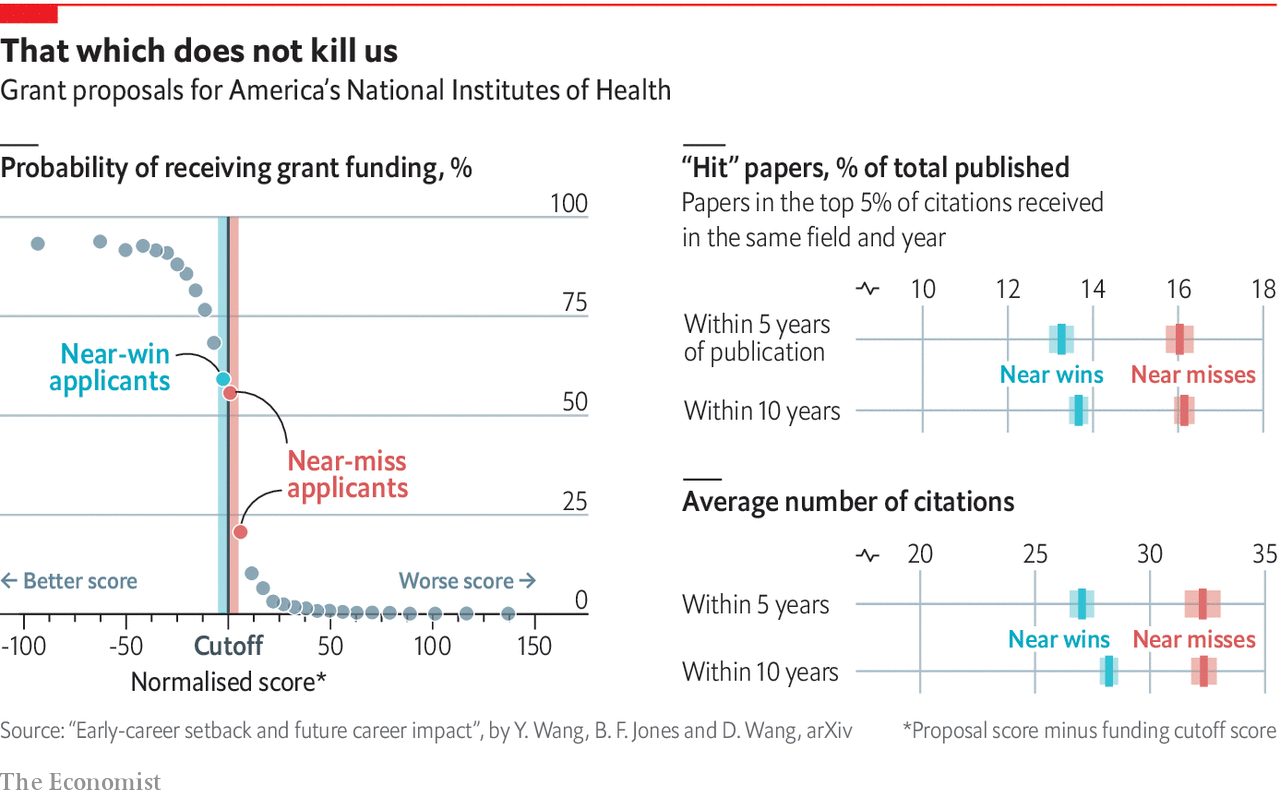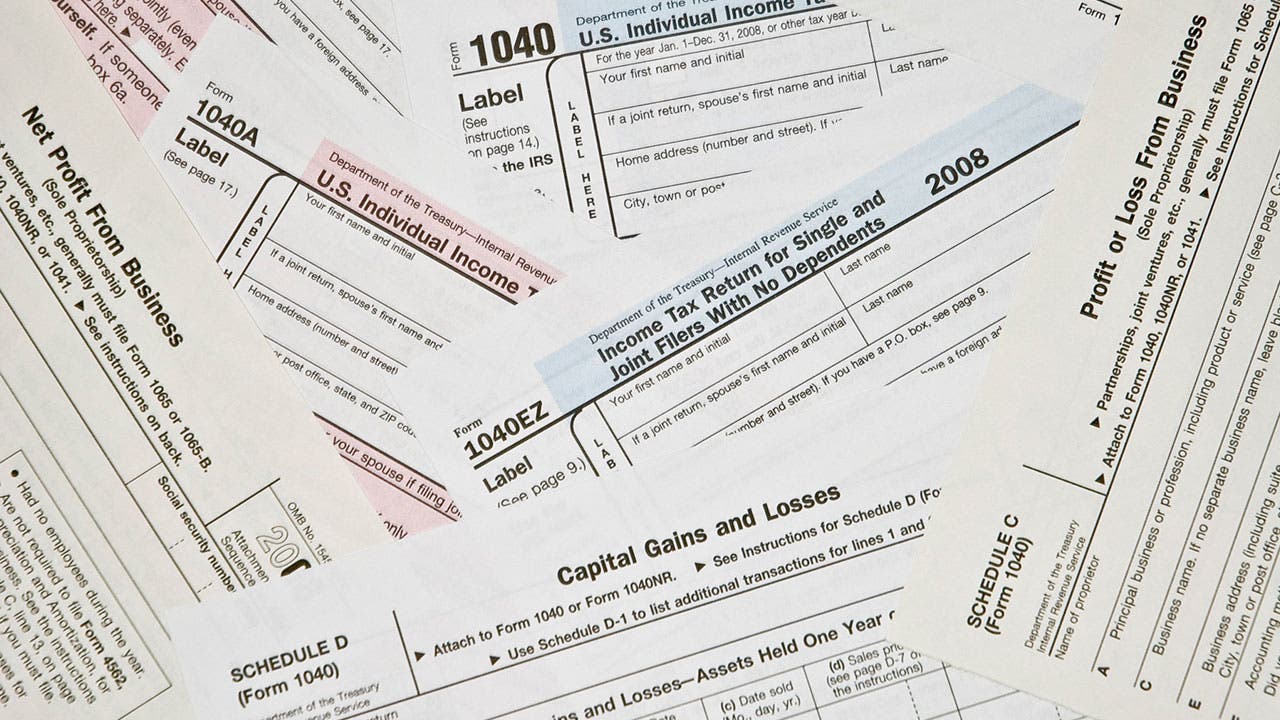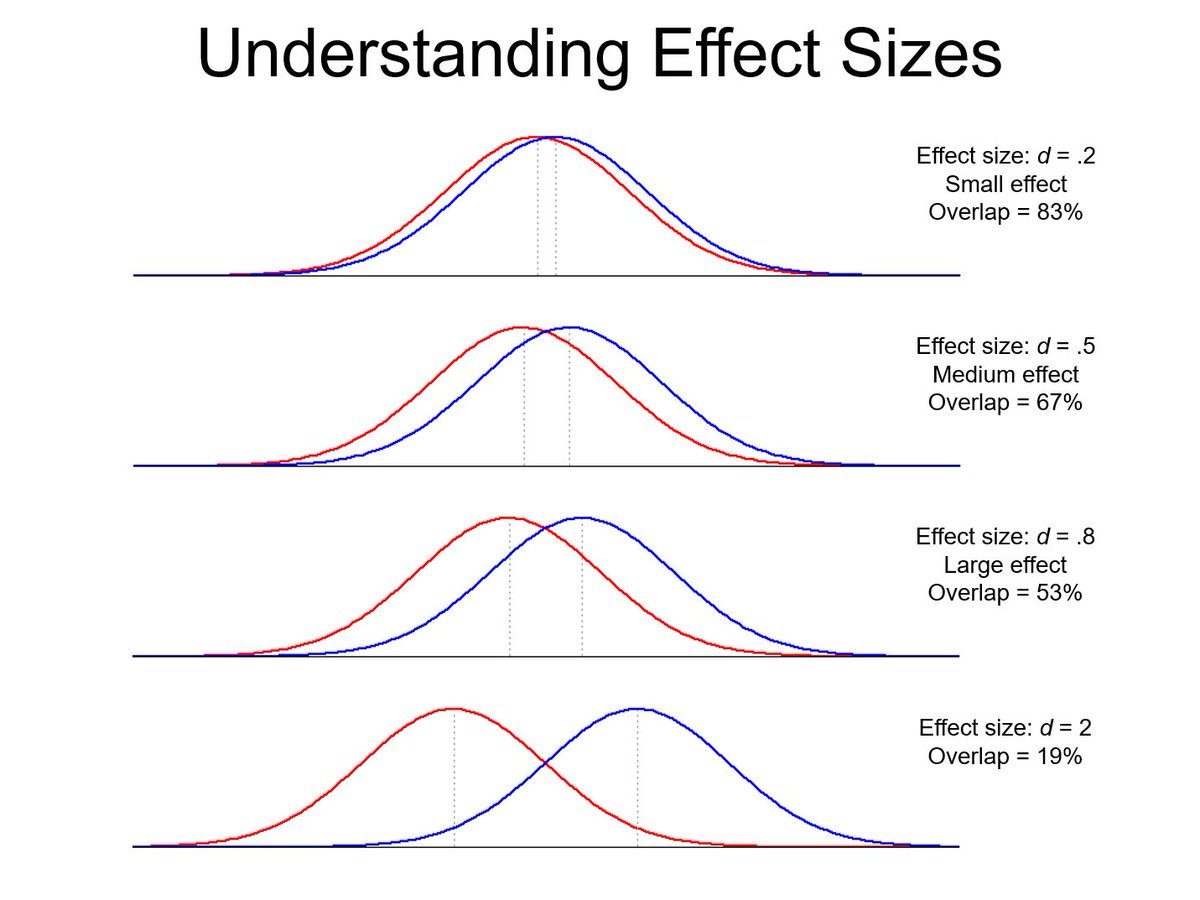Why should graduate students and assistant professors get all of the attention? This post is for the associate professors out there being asked to write external tenure letters for the first time.
David Boonin is a philosopher who has served as department head and associate dean at the University of Colorado, Boulder. He has written us a handy guide to writing these letters. Read it carefully before writing your letter.
My favorite piece of advice here (besides, what to write):
"...if you do not think that the candidate merits tenure, it is best that you come out and say so directly. But if for whatever reason you find yourself unwilling to do so, the second best option is not to say that you recommend tenure while at the same time trying to raise enough doubts to secretly signal your true intentions. Rather, it is to conclude by simply declining to make a specific recommendation. Something along the following lines will likely suffice: “There are clearly some significant positives in this case but also some significant negatives. I have tried to detail them and weigh them against each other here but, in the end, I find that the case is simply too close to call. If the candidate is sufficiently strong in teaching and service, then granting them tenure and promotion may well make sense all things considered. But depending on how the remainder of the evidence in the file is viewed, it may also be that the most justified decision is to decline to offer this candidate tenure and promotion.” This will most likely be treated as a negative letter on the whole even if it does not explicitly come out and recommend against tenure and promotion.
To be clear: I do not recommend this as a best practice. If you think the candidate does not merit tenure, it is best to simply say so. But given the reality that some people will be unwilling to simply say so, this is probably the best alternative."
